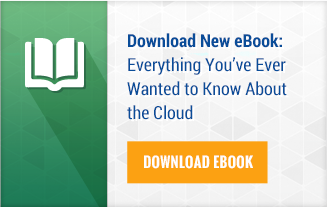 Underwriting property insurance is a very complex operation, with limitless variety on methods of management. I tend to concentrate on the risk associated with natural catastrophes damaging a location, but that is actually just a small part of the overall process. How an underwriter receives requests for quotes, builds quotes, and sends them out (not to mention how that quote affects a book’s accumulation) is an intricate process. What is so interesting to me is how software solutions are solving the inherent problems associated with underwriting as a whole.
Underwriting property insurance is a very complex operation, with limitless variety on methods of management. I tend to concentrate on the risk associated with natural catastrophes damaging a location, but that is actually just a small part of the overall process. How an underwriter receives requests for quotes, builds quotes, and sends them out (not to mention how that quote affects a book’s accumulation) is an intricate process. What is so interesting to me is how software solutions are solving the inherent problems associated with underwriting as a whole.
The principle problem encountered by underwriters is access to current data and information. Underwriters need to create policies based on updated information, which is a robust challenge in itself. However, they also need to incorporate current business rules, attenuated based on the current “appetite for risk” determined by their executive leadership. As appetite changes, everything changes — including what risks can be underwritten, and what conditions can be offered on those risks.
Keeping marketing content current is not an underwriter’s concern, but dealing with submissions influenced by that marketing is very much an underwriter’s burden. For example: A carrier’s appetite for risk might exclude hotels, but an underwriter is sure to receive submissions on hotels if the marketing material doesn’t exclude them. It becomes the underwriter’s problem. As you can see, keeping data current is not as complex as keeping the whole marketing and underwriting functions up-to-date with appetite status.
The approach taken by software providers to solve this problem is to move toward software-as-a-service (SaaS) and cloud-based solutions, where all the appropriate information and criteria are captured as “profile” information. SaaS platforms can handle the tactical nature of these internal decisions with immediate updates to both marketing activities and underwriting guidelines. Carriers who wish to maximize efficiency will find more and more of their support systems based in the cloud, and they will depend more and more upon SaaS software because of its ability to handle the only constant in the modern insurance market: change.
Within a year or two, it is easy to envision any software supporting thriving insurance companies being SaaS/cloud-based. Successful carriers are moving their IT planning in this direction now. The rest would be wise to follow them into the cloud age. McKinsey & Company agrees:
"As is well known, success in the P&C industry strongly depends on operational performance. P&C is a mature industry that struggles to maintain profitability. McKinsey argues that insurers should continue to emphasize technical excellence, which time and again has proven to be the most important driver of performance differences among insurers. Insurers can continue to focus on traditional levers such as claims, pricing and underwriting. At the same time innovative avenues are opening up for improving these capabilities with big data and advanced analytics (e.g., the use of social network data in underwiting). Early movers in these areas have been able to establish a competitive advantage."
You can dowload their full report, "Global Insurance Industry Insights: An in-depth perspective," here.
Not sure what the cloud is all about? Download our free eBook below.

